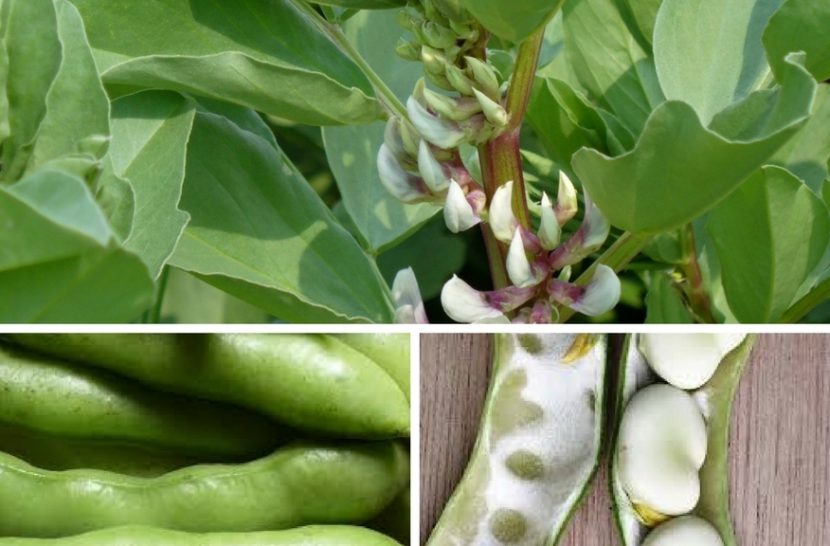Vicia faba
Cultivation
Sow directly outside, to a regular spot. They can germinate successfully in low soil temperatures; 5 °C (41 °F). They are sensitive to heat; sow as soon as the soil is warm enough.
Distance between plants
At least 50 cm (20 in) between rows and at least 20 cm (approx. 8 in) between the plants in a row.
Location
Sunny to half shady.
Amount
Three to five plants per person.
Time of planting
Beginning of March till beginning of April, plus end of July to use in fall. Seeds germinate in 9 to 14 days.
Fertilization
Plant in a garden bed where barn manure has been used the previous year. Fertilize with home compost and use organic mulch. Don’t fertilize with barn manure. If the plants don’t grow successfully, lack of boron or copper might be the problem.
Watering
Water regularly in the blooming and insemination period. If necessary, water twice a week, 20 cm (8 in) deep.
Broad beans’good neighbors
Brassica vegetables, zucchini, squash, eggplant, potato, watermelon, melon, cucumber, lamb’s lettuce, tomato, sweet corn, spinach, asparagus.
Broad beans’bad neighbors
Legumes, onion, leek, garlic, shallot, pepper.
Diseases and pests
Chocolate mold and lice. Sow early, strengthen with algae solutions.
Broad beans’ storage
Pick young grains in pods regularly. Later cut the whole plants and store dry grains. Young grains can be frozen (blanch in boiling water for 2 minutes and put in cold water beforehand). Store dry grains in fabric or paper bags up to two years.
Food
Fresh or dry grains. They contain a wide range of proteins and are easier to digest then beans.
Important
It is recommended to till the soil and put protection around the plants. Accelerate ripening by cutting off the top of the plant.
Miscellaneous
Dry broad beans can be stored for a long time and they are good a good winter food.

